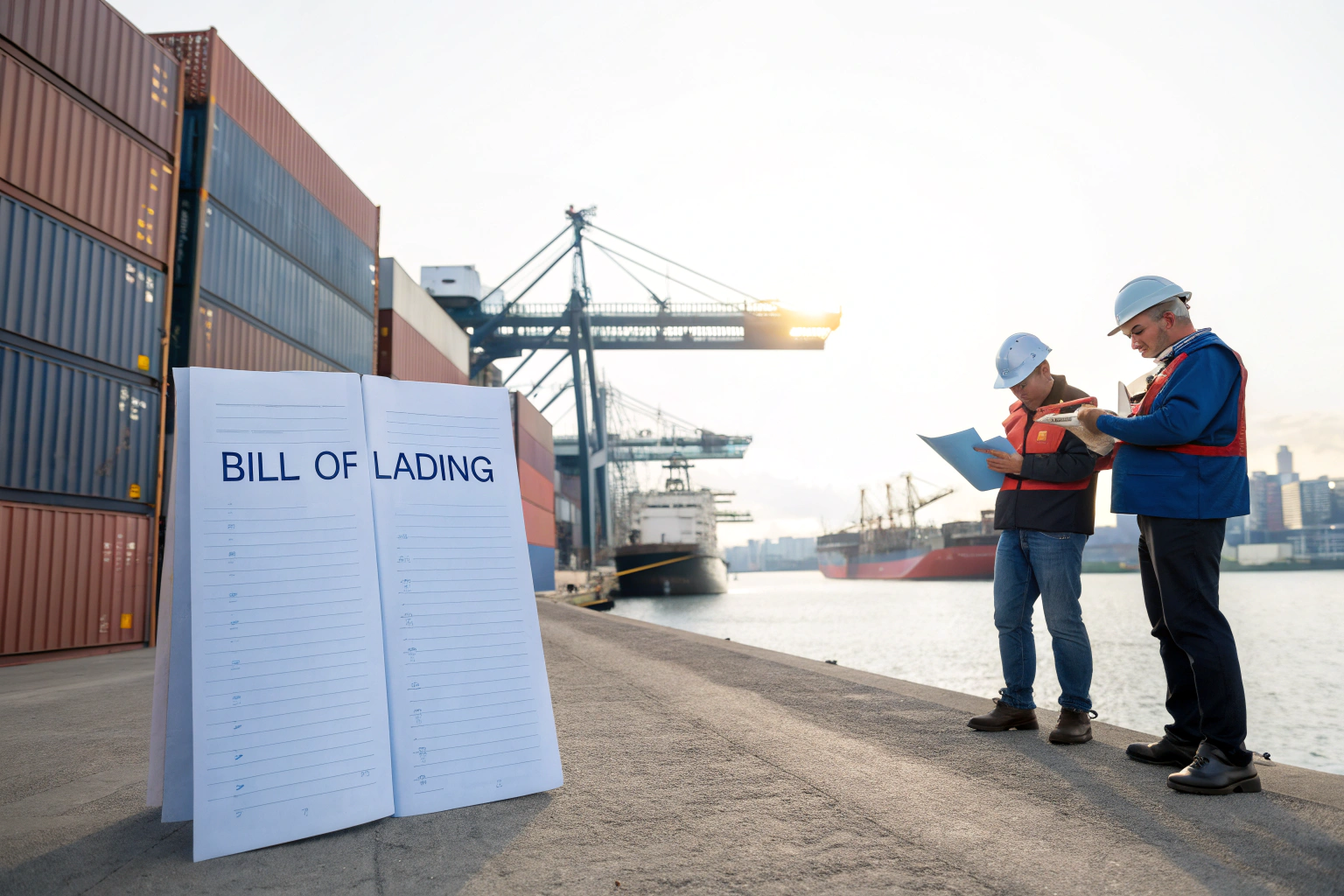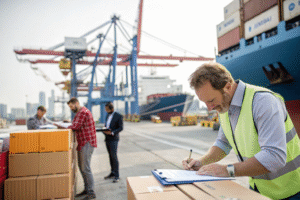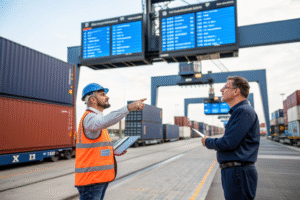Every shipment needs paperwork. Among these documents, one stands out: the Bill of Lading. Many importers hear the term but do not fully understand it. Yet, it is one of the most important papers in global trade.
A Bill of Lading is a legal document from the carrier to the shipper. It proves the carrier received the cargo, confirms the shipping contract, and acts as proof of ownership.
Let’s look closer at what it is and why it matters.
What Exactly Is a Bill of Lading?
A Bill of Lading, often called B/L, is central to international shipping.
It confirms that the carrier has taken the goods and promises to deliver them under agreed terms.
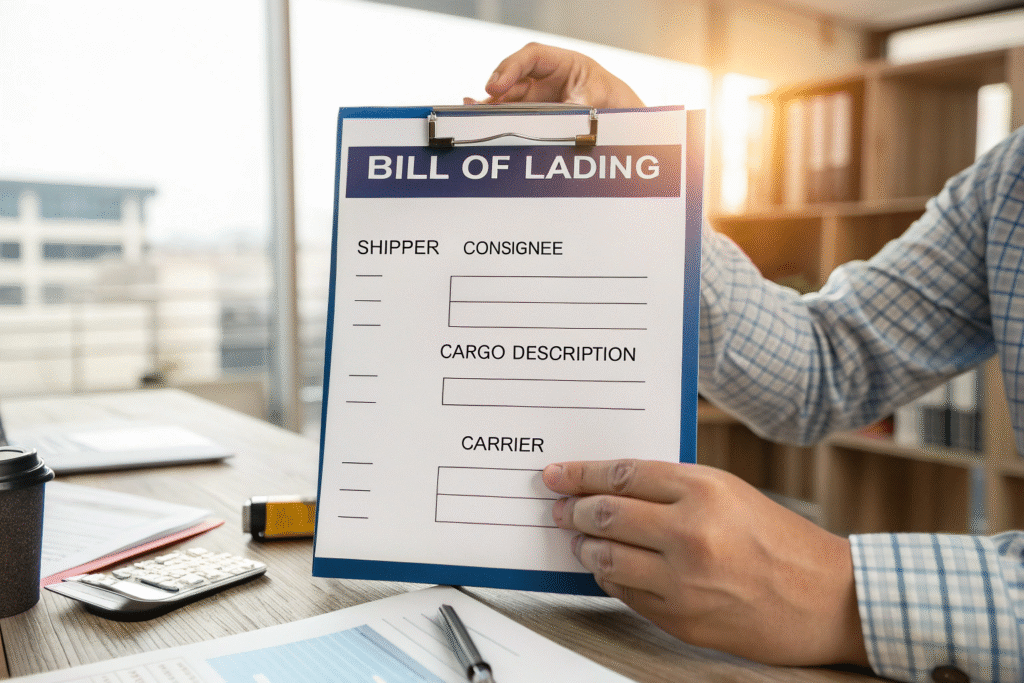
What Information Does It Contain?
It lists the shipper, consignee, cargo details, origin and destination, and the carrier’s signature. The International Chamber of Commerce recognizes it as a standard trade document.
Why Is It So Important?
It works as proof of shipment and as a document of title. Whoever holds the original Bill of Lading controls the goods. Investopedia explains its legal value.
What Are the Main Functions of a Bill of Lading?
The Bill of Lading is more than just a receipt.
It serves three main roles: a receipt, a contract, and a document of title.
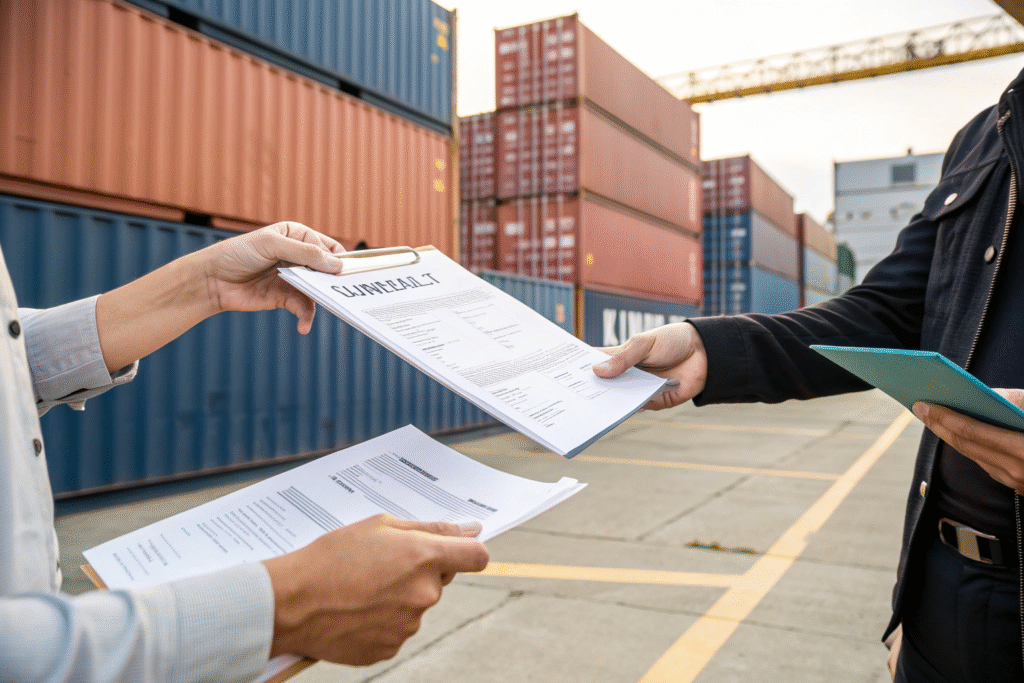
How Does It Work as a Receipt?
It proves the carrier received the goods in good condition. This record helps settle disputes about cargo quality or quantity. Shipping and Freight Resource covers this function.
How Is It a Contract and Title Document?
It records the carriage contract and shows who owns the cargo. The consignee presents the Bill of Lading to claim goods at the port. UNCITRAL explains this dual role.
What Types of Bills of Lading Exist?
Different shipments use different types of Bills of Lading.
The most common are Original Bills, Seaway Bills, and Electronic Bills.
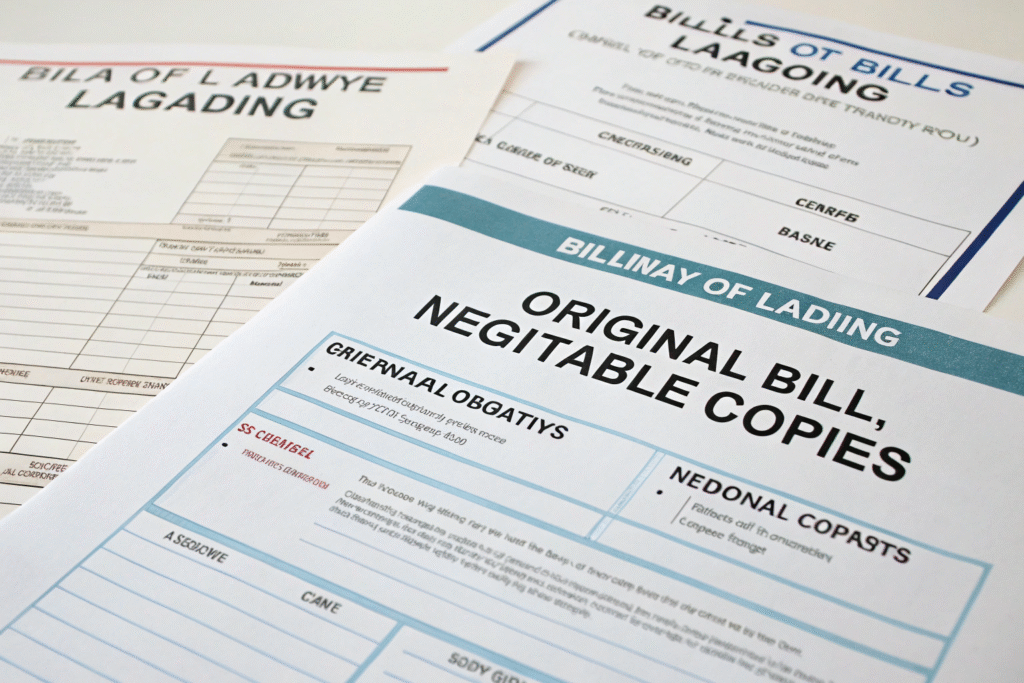
What Is an Original Bill of Lading?
It is the standard version. The consignee must show the original to release the goods. It protects sellers but may delay shipments if the document arrives late. Freightos explains how it works.
What About Seaway Bills and Electronic Versions?
A Seaway Bill is non-negotiable. It is often used when the seller trusts the buyer. Electronic Bills are faster and more secure. BIMCO supports wider use of e-B/Ls.
Why Does the Bill of Lading Matter for Importers?
Importers depend on this document.
It is the key to claiming goods, securing payment, and avoiding disputes.

How Does It Affect Cargo Release?
Ports will not release goods without the correct Bill of Lading. It is the importer’s proof of right to collect cargo. Port Technology shows how ports rely on it.
Can It Impact Financing?
Yes. Banks often demand the Bill of Lading before releasing payment under a letter of credit. It links trade to finance. The World Trade Organization notes its role in financial security.
Conclusion
The Bill of Lading is one of the pillars of shipping. It proves receipt of goods, confirms the shipping contract, and grants ownership. For importers, it controls both cargo release and payment security.
Every business that trades globally should understand it. With the support of a freight forwarder, handling Bills of Lading becomes safer, faster, and easier.
